Highlights:
- Introduces GSWorld: a closed-loop, photo-realistic robotics simulation framework.
- Combines 3D Gaussian Splatting with advanced physics engines for accuracy and realism.
- Includes the new GSDF (Gaussian Scene Description File) for detailed robotic environments.
- Supports zero-shot sim2real learning and reproducible policy benchmarking.
TLDR:
The GSWorld simulator revolutionizes robotic manipulation by combining 3D Gaussian Splatting with robust physics simulation. It enables realistic, closed-loop training and benchmarking of robotic control policies without the need for expensive real-world experiments.
A team of researchers – Guangqi Jiang, Haoran Chang, Ri-Zhao Qiu, Yutong Liang, Mazeyu Ji, Jiyue Zhu, Zhao Dong, Xueyan Zou, and Xiaolong Wang – has introduced **GSWorld**, an advanced simulation suite that brings unprecedented realism and reproducibility to robotic manipulation research. The platform, described in their paper *GSWorld: Closed-Loop Photo-Realistic Simulation Suite for Robotic Manipulation* (arXiv:2510.20813), merges high-fidelity 3D Gaussian Splatting with physics-based simulation to enable a new era of robot learning and evaluation.
The core innovation behind GSWorld lies in the seamless integration of real-world robot data with virtual rendering pipelines. Traditionally, robotic control policies trained in simulation suffer from the sim2real gap — where models perform well in virtual environments but fail when deployed on physical robots. GSWorld addresses this by ‘closing the loop’ between simulated and real-world data, offering reproducible policy evaluation and zero-shot sim2real training. Its new asset format, **GSDF (Gaussian Scene Description File)**, encodes photo-realistic Gaussian-on-Mesh geometry alongside Unified Robot Description Format (URDF) data, allowing accurate representation of robot kinematics and dynamic interactions. The GSDF database currently includes three robot embodiments for single-arm and bimanual tasks and over forty commonly manipulated objects.
Beyond realism, GSWorld delivers remarkable flexibility and automation in experimental robotics. The platform supports diverse research applications such as automated DAgger data collection for continuous policy improvement, virtual teleoperation for simulation-based data gathering, and reproducible benchmarking of manipulation tasks. Moreover, its integration with reinforcement learning enables zero-shot transfer of visual policies from simulation to reality. This breakthrough removes the costly dependency on physical robot setups for early-stage training. By blending next-generation rendering with physically consistent simulation, the authors provide researchers and industries a scalable solution to prototype, benchmark, and refine robotic systems efficiently.
This development represents a major step toward general-purpose robotic learning environments that can bridge the gap between visual realism and dynamic reliability. With the introduction of GSWorld, robotics research gains a powerful open platform that unites synthetic and real-world insights—accelerating the evolution of adaptive, reliable machine intelligence across industrial, service, and household robotics.
For more information, visit the official project website: [https://3dgsworld.github.io/].
Source:
Source:
Original research paper: Guangqi Jiang et al., ‘GSWorld: Closed-Loop Photo-Realistic Simulation Suite for Robotic Manipulation,’ arXiv:2510.20813 [cs.RO], 2025. DOI: https://doi.org/10.48550/arXiv.2510.20813

